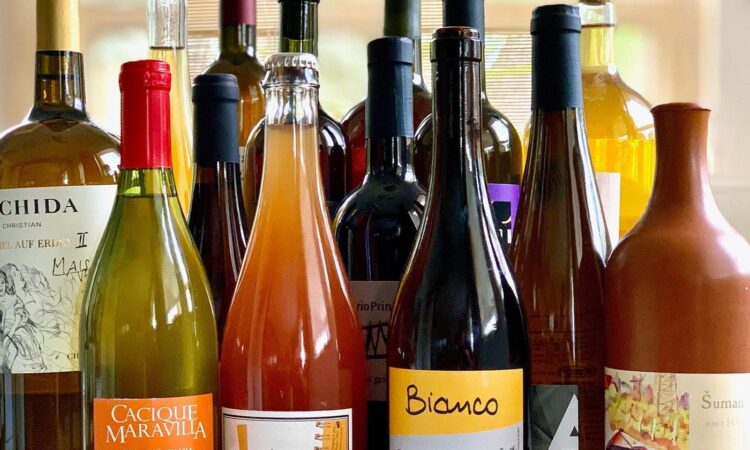
In a world where authenticity, sustainability, and terroir-driven flavours reign supreme, natural wines online have emerged as a beacon of purity and diversity. Crafted with minimal intervention and a deep respect for the land, natural wines celebrate the essence of the grape, the soil, and the hands that nurture them. From skin-contact whites to funky pet-nats and elegant reds, the world of natural wine is as vast and varied as the vineyards themselves. In this article, we’ll take a journey through the spectrum of natural wine types, exploring the different types and styles that captivate wine lovers around the globe.
Skin-Contact Whites (Orange Wines)
Skin-contact whites, also known as orange wines, are a hallmark of the natural wine movement, revered for their amber hues, complex flavours, and textural richness. Made from white grape varieties such as Chardonnay, Riesling, and Pinot Gris, these wines undergo extended maceration with the grape skins, seeds, and stems, resulting in oxidative qualities and tannic structure reminiscent of red wines. With notes of dried fruits, nuts, and floral aromatics, skin-contact whites offer a sensory experience that defies convention and invites exploration.
Pet-Nats (Pétillant Naturel)
Pet-nats, short for pétillant naturel, are a playful and effervescent expression of natural winemaking, capturing the essence of the grape in its purest form. Unlike traditional sparkling wines, which undergo a secondary fermentation in the bottle, pet-nats are bottled before primary fermentation is complete, resulting in a lightly sparkling and slightly cloudy libation bursting with freshness and vitality. From crisp, citrus-driven whites to fruity, floral rosés and funky, earthy reds, pet-nats offer a diverse array of flavours and styles to suit every palate and occasion.
Minimal Intervention Reds
Minimal intervention red wines showcase the raw, unadulterated beauty of the grape, allowing nature to take centre stage in the winemaking process. Made from red grape varieties such as Pinot Noir, Gamay, and Syrah, these wines are typically fermented with native yeasts, aged in neutral oak barrels, and bottled with minimal filtration or fining. The result is a spectrum of flavours and textures that reflect the unique terroir of the vineyard, from light and delicate expressions to bold and structured profiles, each with its own story to tell.
Natural Sweet Wines
While natural wines are often associated with dry styles, there’s a growing movement towards crafting natural sweet wines that embrace the inherent sweetness of the grape without the need for added sugars or artificial interventions. Made from late-harvested grapes or those affected by noble rot, natural sweet wines offer luscious fruit flavours, vibrant acidity, and a sense of purity that is truly unparalleled. Whether it’s a honeyed Sauternes from Bordeaux, a botrytized Riesling from Germany, or a sun-kissed Vin Santo from Tuscany, natural sweet wines enchant the senses and linger on the palate, inviting contemplation and indulgence.
From the amber hues of skin-contact whites to the playful fizz of pet-nats and the bold flavours of minimal intervention reds, the world of natural wine is a tapestry of diversity and expression. Whether you’re drawn to traditional styles or eager to explore new frontiers, there’s a natural wine waiting to captivate your senses and ignite your passion for authenticity and terroir-driven flavours. So, uncork a bottle, pour a glass, and toast to the wonders of natural wine – a true celebration of nature, craftsmanship, and the art of winemaking. Cheers!

